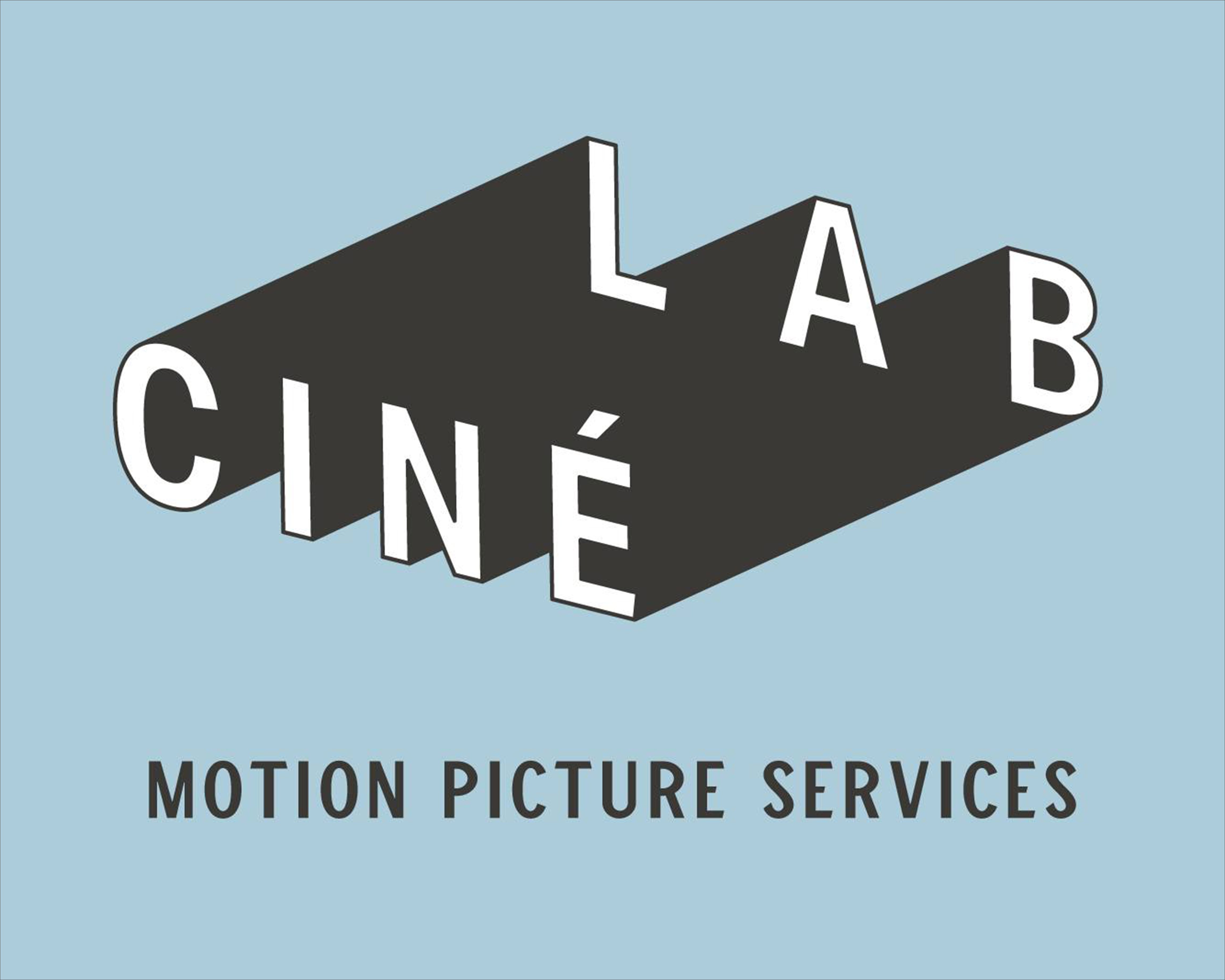Maura N.
The Last Black Unicorn
Embracing the Benefits of AI in Video Editing
As the film industry becomes increasingly digitized and dependent on technology, more and more filmmakers are turning to AI to streamline the video editing process. One major benefit of using AI is that it can automate time-consuming and tedious tasks, such as sorting through footage to find the best shots or syncing audio and video. By automating these tasks, AI frees up time for human editors to focus on more creative and artistic work.
Another benefit of AI is that it can help editors work more efficiently. For example, Adobe Sensei uses AI to automatically tag and categorize footage, making it easier for editors to find the shots they need. Similarly, IBM Watson's "Watson Captioning" can automatically generate closed captions for video content, saving editors time and effort. By embracing these AI tools, human editors can work more efficiently, without sacrificing the quality of their work.
Finding the Right Balance between Automation and Creativity
While AI can be a powerful tool for video editing, it's important to find the right balance between automation and creativity. The danger of relying too heavily on AI is that it can lead to formulaic and predictable films. As filmmaker Ava DuVernay has noted, "Artificial intelligence is only as smart as the data that's feeding it. And the data that's feeding it is coming from us. And we're not as smart as we should be."
Therefore, it's crucial that human editors remain in control of the creative process. AI can automate certain tasks, but it can't replace the emotional intelligence and intuition that human editors bring to their work. To strike the right balance between automation and creativity, editors should use AI to handle routine and tedious tasks, while reserving their own creative energies for more complex and artistic work.
The Future of Video Editing: A Collaboration between AI and Human Editors
Looking ahead, it's clear that AI will play an increasingly important role in the video editing process. As AI technology improves, it may be able to assist human editors in more advanced tasks, such as generating storyboards or suggesting alternative cuts. However, it's crucial that these tools are designed with a human-centered approach.
The future of video editing is not about replacing human editors with machines, but about finding ways for AI and human editors to work together. AI can automate routine tasks, freeing up human editors to focus on the creative and artistic aspects of their work. By embracing the benefits of AI while maintaining a human touch, we can create films that are both efficient and emotionally resonant.
AI software that can be used for video editing
Adobe SenseiAdobe's AI-powered technology can be used in its video editing software, Premiere Pro. Sensei automates routine tasks such as colour matching, audio syncing, and video stabilization, making the editing process faster and more efficient.
IBM Watson
IBM's Watson Captioning can automatically generate closed captions for video content, saving editors time and effort.
Magisto
Magisto is an AI-powered video editing tool that can analyze footage and automatically generate edits, complete with music and effects.
Lumen5
Lumen5 is a video editing tool that uses AI to automatically generate social media videos. Users can input text and images, and Lumen5 will create a video with a custom template and animation.
Animoto
Animoto is another AI-powered video editing tool that can generate videos based on user input, including text, images, and video footage. Animoto can analyze the input and automatically choose the best images and clips to create a compelling video.





